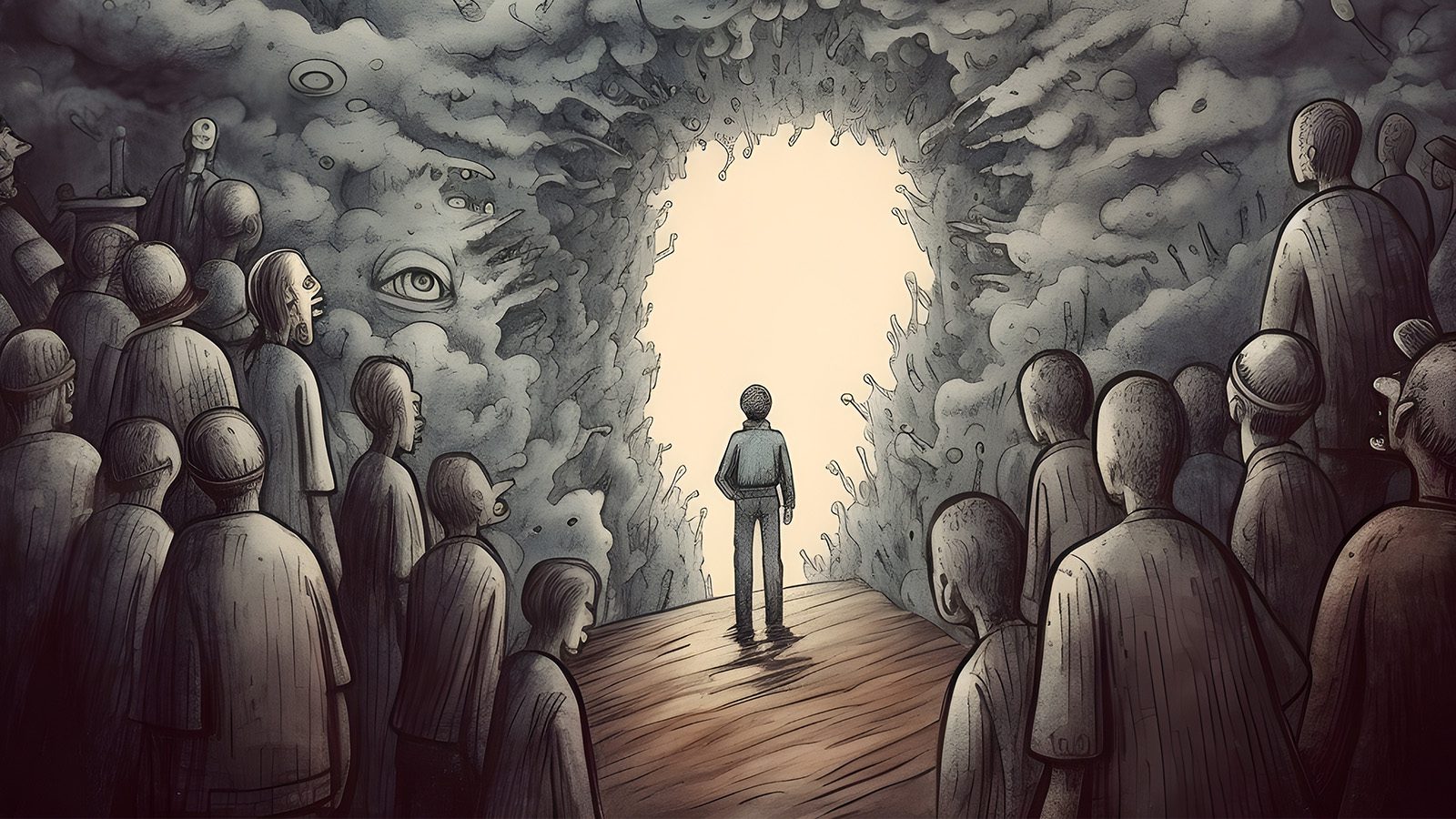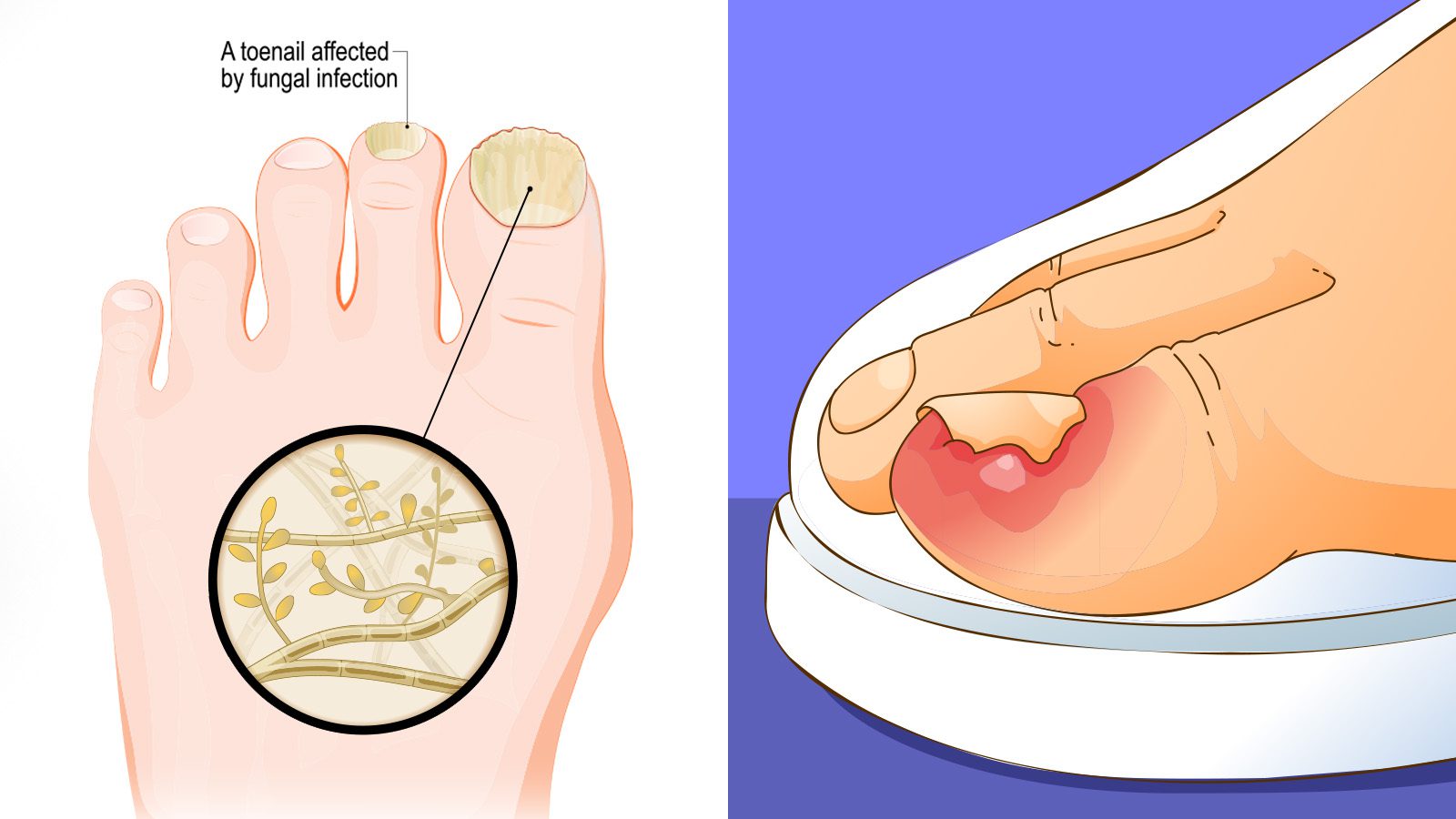In recent decades, healthy eating has become an obsession in the United States, mainly due to many overweight and obese people living in the country. One of the most popular healthy eating trends that are going on in the U.S. is the gluten-free diet. This diet helps manage certain diseases. Some people adopt a gluten-free diet for weight loss. The diet has also become popular among celebrities, Olympic athletes, and other prominent figures.
Over the last decade, gluten has become a villain of healthy eating. Gluten-free diets exploded on the market and many food manufacturers are now offering gluten-free versions of their products. Gluten-free diets have become so popular that in 2015 Americans spent over $4 billion on gluten-free products.
What is Gluten?
Gluten is a protein naturally found in cereal grains like wheat or barley. It affects the elasticity and chewiness of baked foods. Although gluten itself is considered a protein, it is more like a super-protein because it is made up of other proteins. For example, one of these proteins is gliadin. Gliadin is the protein responsible for making bread rise.
Gluten is bad for people who have certain diseases or conditions. Celiac disease is one of the most prominent anti-gluten conditions that a person can have. The disease affects around ten percent of people worldwide. Celiac disease is when the body treats gluten as a poison. Celiac is an autoimmune disorder, so it will attack and destroy the part of the small intestine that contains gluten. Eating gluten can make a person with a Celiac disease very sick and malnourished.
Some people have gluten intolerance. This isn’t as extreme as Celiac disease, but it can still cause complications in the body. When a person with a gluten intolerance eats gluten, they can get stomach pain, bloating, nausea, diarrhea, confusion, joint pain, etc.
Gluten intolerance mimics wheat allergy, but the difference is that gluten intolerance just causes discomfort, while a wheat allergy can be life-threatening.
The Gluten Free Diet Plan
The Gluten free diet plan is where the dieter restricts or completely cuts out gluten from their everyday meals. This doesn’t mean that all carbohydrates are excluded, just those with gluten protein. Restricted foods are triticale, barley, rye, sauces, beer, pasta, wheat, and any other food containing gluten. Wheat can be tricky because it can be called different names.
Different versions of wheat go by other names: durum, einkorn, emmer, Kamut, and spelt. All of these have gluten and should be avoided. Wheat flours also go by different names. They are enriched flour, farina, graham flour, self-rising flour, and semolina.
Carbs That Can Be Eaten on a Gluten Free Diet
Only a few carbohydrates are restricted on a gluten-free diet. That leaves a long list of carbohydrates that can still be consumed on the diet. Here are nine carbohydrates that can be eaten on a gluten-free diet.
- Sorghum: Use sorghum in a meal and use it to make flatbreads and other baked items.
- Millet: Cook millet like porridge or ground like flour, and it has fantastic health benefits.
- Brown rice: This is rice that still has the bran layer and cereal germ
- Buckwheat: Grind buckwheat into a flour to make all kinds of foods like pasta, bread, or even alcohol
- Wild rice: This rice has a high nutritional value
- Quinoa: This protein dense grain contains all nine essential amino acids. Cook it whole or grind it into flour.
- Hominy (corn): This corn product makes several dishes, including grits and the Mexican dish masa.
- Soy: The bean from this plant makes many different products. However, it contains isoflavones similar to estrogen.
- Flax seeds: Sprinkle flax seeds in cereal or other foods or grind it into a powder for baking.
- Nut Milk: Almond milk, Cashew Milk, Hemp Milk, and Soy Milk are all great alternatives for consumption without the animal product.
Final Thoughts on Eating a Gluten-Free Diet
Eating a gluten free diet has become one of the most popular diet trends of the century. Many people avoid gluten because of Celiac disease, intolerance, or wheat allergies, but other adopt a gluten free diet plan just to be healthier. People also adopt a gluten-free diet for weight loss.
Despite the limited intake of carbs, sticking to a gluten-free diet plan is possible because not all carbohydrates are banned. A good gluten free diet plan still has a healthy mix of carbohydrates. Overall, reducing gluten intake has been found to have positive effects on the body. As a result, the gluten free diet is here to stay.















